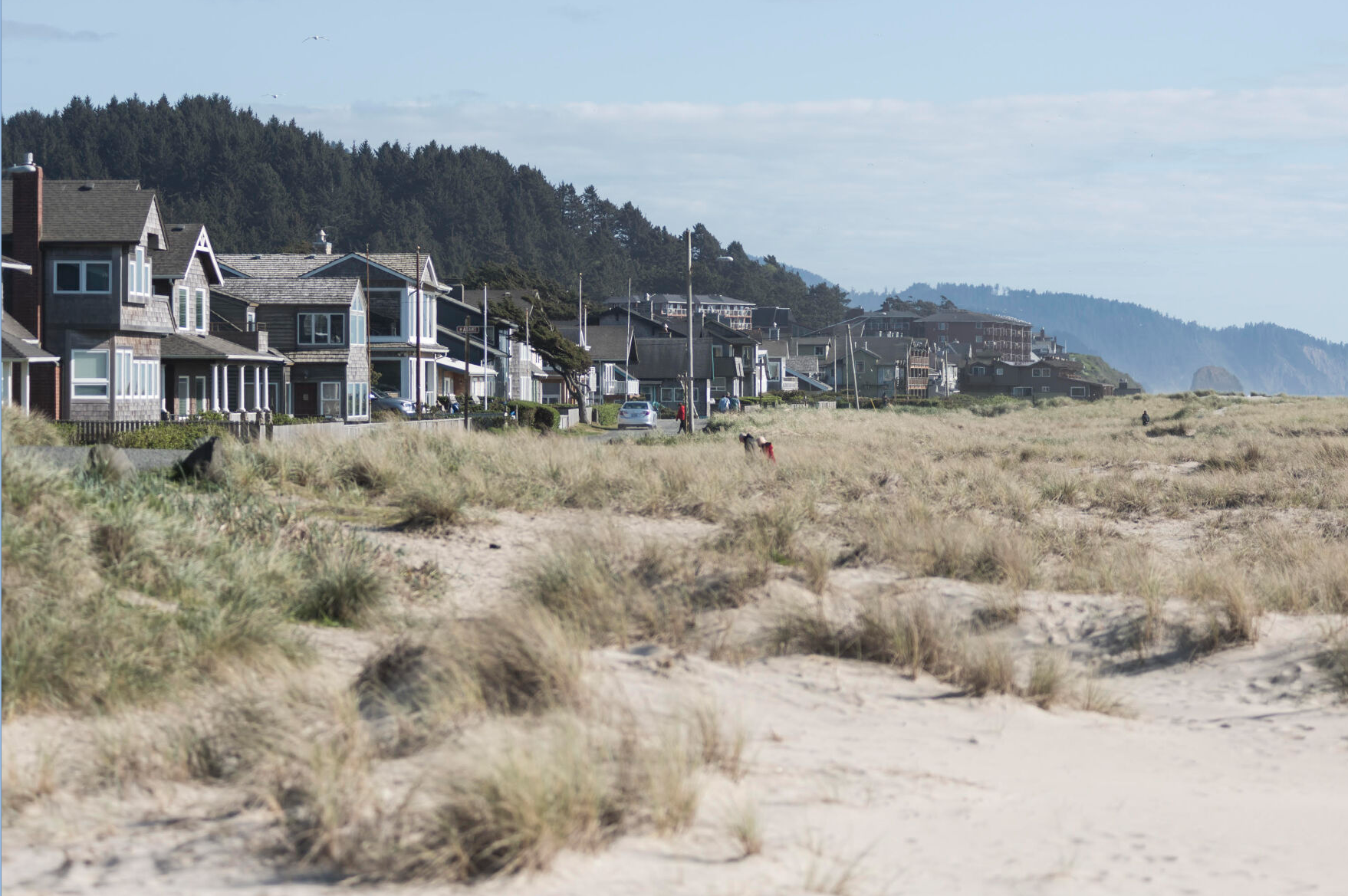Craig Harmel: Photographer and fisherman
Published 4:00 pm Sunday, November 11, 2007
At six-foot-four, with broad shoulders and thick strong arms and wrists, Craig Harmel fits the persona of a baseball player, albeit, at 53, he’d most likely be coaching or kicking around with Little League hopefuls, as he was back in rural Montana as a boy.
Trending
But he threw his shoulder out in his teens, and was forced to turn his attention to another art form. To Harmel, pitching a hard ball is an art. And art has had much to do with his life.
Harmel hails from Terry, Mont., population 600. Cottonwood, sagebrush and scrub line the Yellowstone River. Fishing is big in Harmel’s life, but until the shoulder injury, Harmel spent most of his spare hours pitching to his father, Albert, who squatted faithfully in front of the wide wall of the family garage.
Harmel’s grandfather had emigrated from Germany around the turn of the 20th century, homesteading on a ranch just west of town. He died in 1941. After suffering through the Great Depression, Craig’s father gave up the farm after World War II. He became the postmaster. Harmel remembers life as simple. Remembers thinking that Terry was the center of the universe.
Trending
A roommate encouraged Harmel to take a photography class at Montana State University in Bozeman. Baseball was forgotten as quickly as Harmel’s 85-mile-per-hour fastball, a pitch still too slow for the majors. A vibrant professor named Rudy Dietrich sent a spark spiraling all the way to the youth’s malleable brain. By his senior year, he excelled in still photography.
The winter of his junior year, Harmel met Phoebe Reed. At the time, she was dating a friend of Harmel’s who happened to call after his car broke down. Harmel dutifully charged out to help. Initially, for Harmel, there were no skyrockets – after all, the student standing beside the broken car was his buddy, and friendships stretch a long ways across the lonely Montana landscape. He does remember how Phoebe was bundled up in a huge red parka. It was snowing and cold, but, as is often the case in Montana, a lovely day. Harmel emphasizes that Phoebe might tell a different story – as he talks, a wide smile breaks over his strong white teeth. One thing remains clear: something began to resound when, that next summer, Reed showed up in Terry – 300 miles away – to visit the handsome photography student.
They married in Oregon in 1977. Reed had just finished her degree in nursing, and Harmel was looking for a job in photography. He found a job developing prints in Billings, while Reed flew to Oregon to travel with a girlfriend who had just graduated in nursing from the university. Driving up the coast, the two stumbled into Astoria, and for Reed, the city was love at first sight. Phoebe called Craig. The message was succinct. We’re moving to Astoria, no questions, please. Lives are frequently changed this way. Theirs was no exception.
Harmel found a job with Bill Lind at Still Images; Reed went to work at Columbia Memorial Hospital. The economy tumbled in the late 1970s, interest rates rising into the stratosphere during the Carter administration. Harmel moved to work at Hunt’s Home Furnishings, and would become synonymous with the business for the next 24 years. He enjoyed the one-on-one interaction with his customers. The man applied a Montana-style sell. That is to say, he emoted a fair and calm demeanor, and over the years sold a mountain-sized pile of sofas and appliances.
All the time, photography taunted him. He wanted to pursue his love. “Why do we do art?” he asks rhetorically. “Well, art is an expression of what is inside, and I want to share it.” His photography career was on hold. His job was eight-to-four, but he actively pursued his art during spare moments.
Harmel honed his skills. He had always excelled in portraits. A couple of years hanging around Lind helped dramatically. On his own, Harmel found private jobs. One had to do with Lewis and Clark. In 1983 he was commissioned to take photographs for Fort Clatsop. He was to photograph the “story behind the scenes,” a series of books about national historic sites and parks. He also collaborated on audio-visual presentations on lighthouses of the Pacific Northwest.
The outcome of his steady and committed work was Harmel’s own book, “Our Destiny Entwined,” a tale of the Corps of Discovery’s Winter at the Pacific Coast. His son-in-law, Timothy Merritt, provided the rich text. Harmel shot the photographs, landscape and portraits, and the product is a defining compilation of superb artwork. Harmel proudly points to his favorites. “This one…” he states, self confidence outlining his bespectacled face, his thick crop of silver hair, “this one was inspired by Alfred Steiglitz. This is my best attempt at design, patterns and shape. Lights and darks.”
The photo is of ocean, and the soft seascape is a blend of quick-silver and heron-gray, an infinite palette of hues, really. The sky appears backlit, like a William Turner painting. One feels something ethereal about the photograph. When asked for a definition, Harmel offers his careful smile. “We (humans) have the ability to think -?discover – all aspects of life that make it apparent that there is more than all this. Most people want answers. I’m satisfied not having all the answers.”
A believer in community service, Harmel has committed himself for over a decade to the Pioneer House Shelter. He and his wife Phoebe have both served on the board of directors and as board chairman. Pioneer House is now a shelter/emergency housing component of the Women’s Resource Center in Astoria. When asked about community, Harmel is clear: “Active community service is an important personal cornerstone.” Together, the Harmels insists on making their community a better place to live.
In his spare time, Harmel loves to fish, and this isn’t just another story about procuring food for the table. Clearly, Harmel is in love with the river. “Changing weather and conditions, the smell of salt air – we live near the river. Fog and the shifting landscape, all this is food for a photographer.”
Or he defined it another way, “Art is like a fine soup, a combination of all kinds of good elements.”
Harmel confesses to the personal pursuit of an indefinable spiritual enlightenment. This one might call Zen and the river. Zen, he qualifies. “That is what I want to be. That’s the beauty of it. I don’t know, and that’s the beauty of it. That’s the Zen.”
And all the while, a river flows through it.









